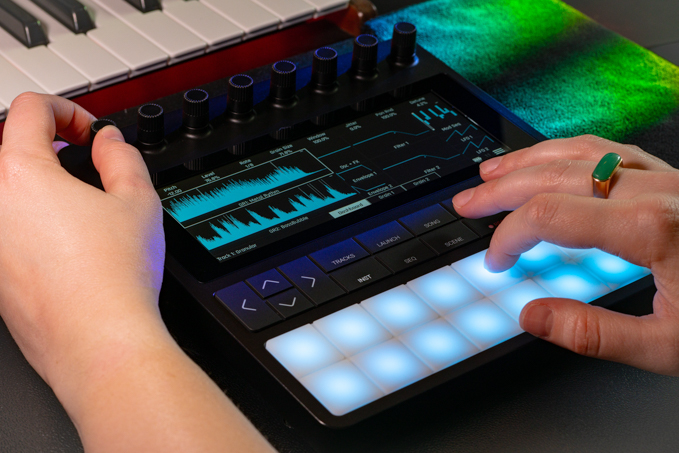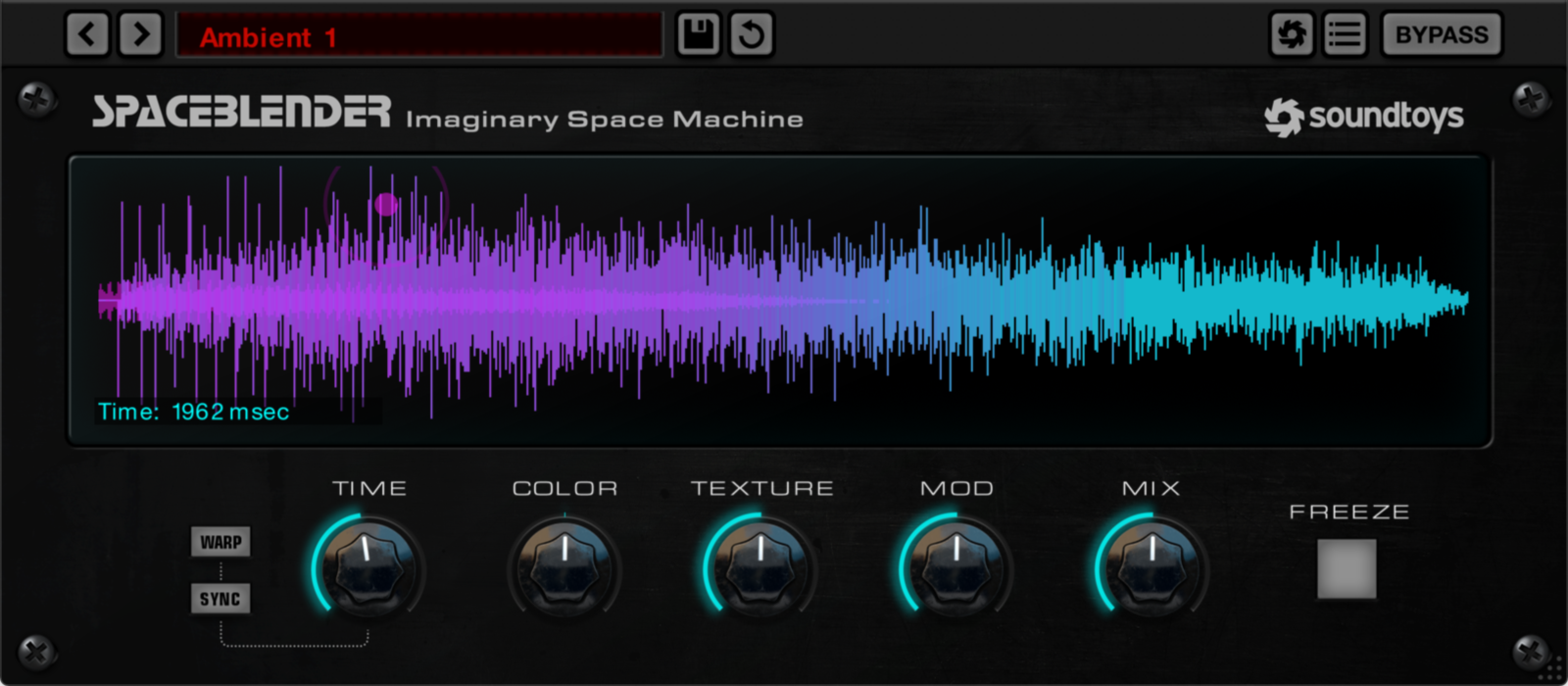
This guide aims to give you a better understanding of digital metering and explains the differences between Peak and RMS Meters.
Audio meters are essential tools that display the output level of your audio signal and are extremely helpful in guiding you through the process of setting consistent levels throughout your mixes to ensure that you have sufficient headroom and dynamic range. Digital audio levels are measured using a decibel (dB) system. The dB system is used to compare the amplitude of two audio signals. However, unlike analog meters that measure levels from the noise floor up, digital meters measure levels from the clipping point down which is represented as 0 dBFS. The ‘FS’ stands for full-scale, meaning that the signal contains the maximum amount of digital information that can be introduced into a digital system without overloading. 0 dBFS is the highest possible digital audio signal your system can handle without causing digital clipping. Unlike analog audio scales like dBV and dBu where the signal can be pushed past 0 dB without causing clipping distortion, digital audio has a hard ceiling that doesn’t allow any headroom past 0 dBFS. To avoid digital clipping, it’s good practice to keep your levels well below 0 dBFS to give you enough headroom.
Digital PPM or Peak Program Meters can help you get a sense of the dynamic range of your mix by displaying the maximum decibel amplitude level of an audio signal’s waveform. Peak metering is designed to respond quickly so that the meter display reacts in exact proportion to the voltage of the audio signal. Peak meters are also very useful for alerting users when potential clipping distortion occurs caused from the signal spiking over 0 dBFS.
RMS (Root Mean Square) metering is a more accurate way to determine the loudness of your mixes. RMS meters essentially emulate VU meters commonly found on analog consoles and are designed to give a better impression of perceived loudness by displaying the average output level calculated over a short period of time. An RMS readout will typically display lower than an equivalent peak meter because it measures the amount of energy in the waveform and averages the peaks into the overall loudness which is a more sustained level compared to fast changes in level.
PPM and RMS meters are commonly seen on DAWs, mixers, plugins, and audio interfaces. Metering is a method used to measure loudness and is generally accomplished by a combination of using your ears and reading different types of level meters that display the input and output level for the left and right channels.
Peak level metering is useful for monitoring sudden changes in level and alerting you of digital overloads, which is crucial to avoid clipping the signal. However, peak metering will not give you a proper indication of perceived loudness. PPM meters are better for monitoring transients and are often used to find sounds that are spiking so you can make adjustments that keep them at more consistent levels.
RMS metering will give you a more accurate impression of perceived loudness because this type of meter measures levels slower than a PPM meter and will display an ‘average’ level rather than the instantaneous peaks. This type of metering is commonly used to match loudness levels with commercial masters or used to identify sounds that are eating up headroom and not letting the higher frequencies cut through the mix such as bass notes or a kick drum. For example, an RMS meter could be helpful at identifying a heavy sub bass that may be dominating your mix which can affect the clarity and impact of other sounds.

Sample Every Flavor: A Deep‑Dive Review of 1010music Bento Introduction 1010music Bento isn’t just anoth...

Soundtoys got a surprising new release of SpaceBlender, an experimental reverb plugin that is currently ...

Twice the power, endless creative possibilities for your productions

Software updates used to be the icing on our hardware cake. In 2025 the roles flip: code, clouds and cod...